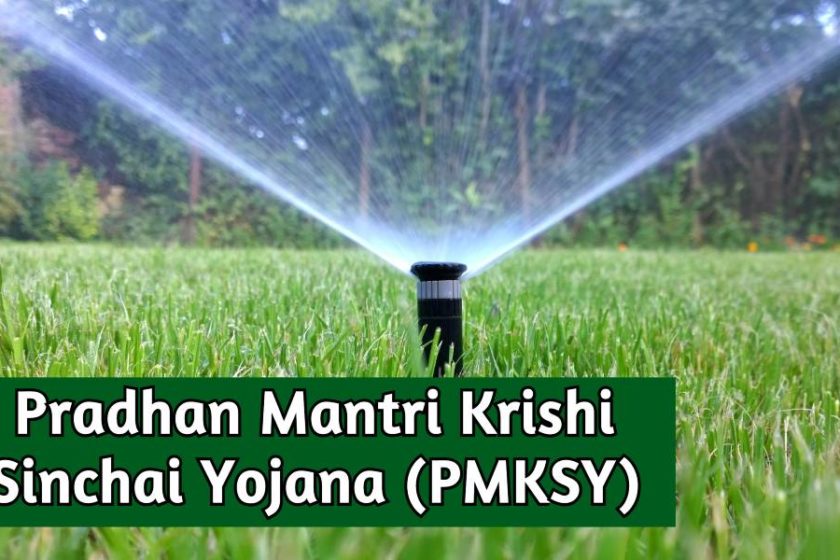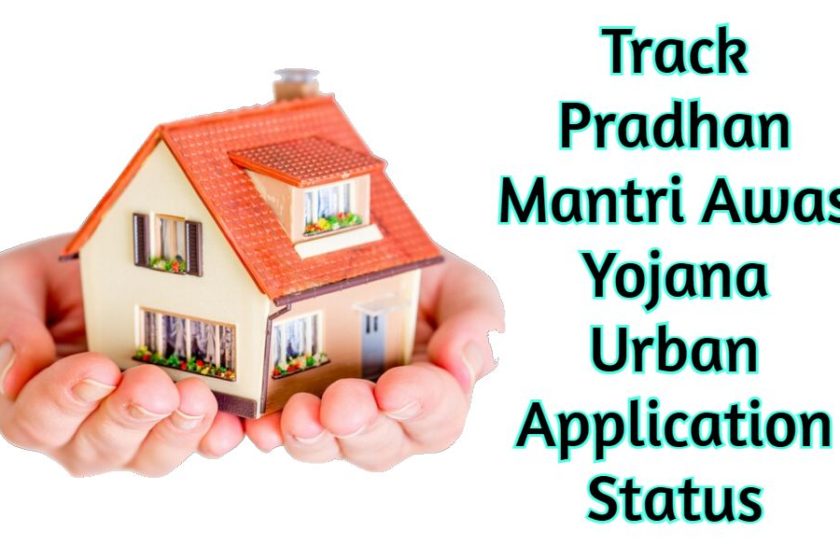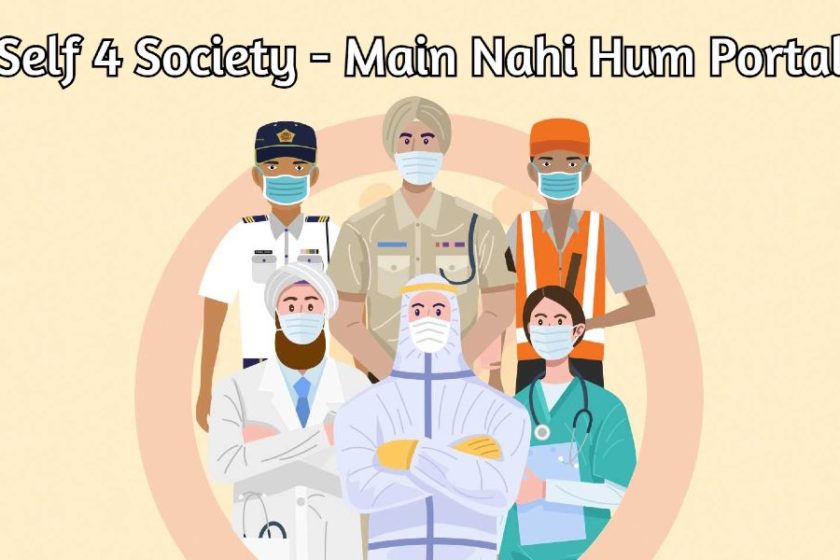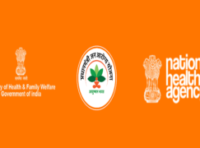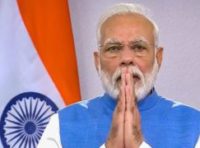On February 22, 2016, Prime Minister Narendra Modi launched the National Rurban Mission, which is now implemented by the Ministry of Rural Development. Also known as Shyama Prasad Mukherjee Rurban Mission, the scheme envisions to encourage social, economic, and infrastructure development in rural areas of the country. This would be achieved by establishing a cluster of 30 smart villages over the next 3 years.
Objectives
National Rurban Mission aims to stimulate local financial development, improvise basic services, and establish well-planned rural clusters. Moreover, the scheme envisions to enable cluster-based development that represents the rural soul and urban amenities and focuses on equity and social inclusion.
Outcomes
The expected outcomes of the National Rurban Mission are as follows:
- Eliminating the rural-urban gap in terms of economic and technological issues as well as those related to various government facilities and services
- Promoting local financial development by reducing poverty and unemployment in rural areas
- Expanding development and attracting investment in rural areas
The estimated budget for the scheme is Rs. 5142 crore from 2015–2016 to 2019–2020.
Rurban cluster
A rurban cluster is defined as a cluster of geographically contiguous villages that comprises a population of 25,000–50,000 in plain and coastal sea regions and 5,000–15,000 in desert, hilly, or tribal regions of India. Rurban clusters are classified into two groups: tribal and nontribal.
Under this scheme, problems, such as the overpopulation of cities due to rural-to-urban migration, will be addressed. The scheme will contribute to achieving the twin objectives of enhancing rural regions and the de-burdening of urban areas.
For more information click here.

